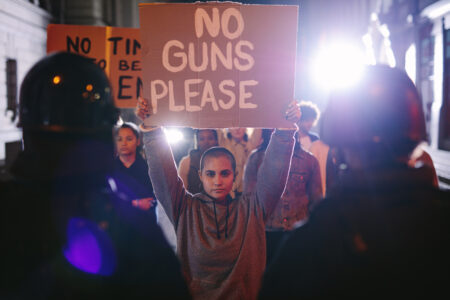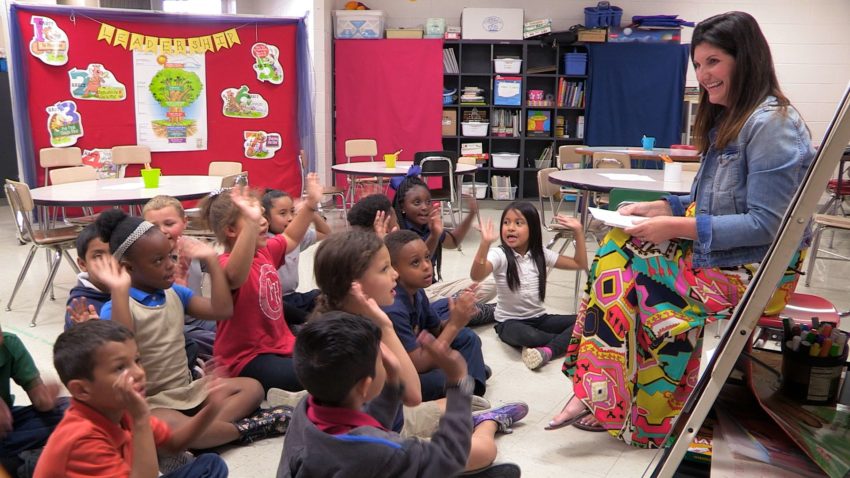
Share On Social!
How can school leaders address early-life trauma among their students, improve academic and behavioral outcomes, and reduce harsh disciplinary action?
Check out Nashville’s trauma-sensitive revolution.
Metro Nashville Public Schools (MNPS) (23% Latino) has spent the past six years integrating trauma-informed practices, such as social and emotional learning and restorative discipline, to help students feel supported and understood, Edutopia reports.
They even hired a full-time trauma-informed coordinator.
“Our ability to accelerate achievement in the future is dependent on meeting the social and emotional learning needs of our students,” MNPS Director of Schools Shawn Joseph told The Tennessean. “We expect it, and the students deserve it.”
The Need to Address Trauma among Students
Adverse childhood experiences (ACEs) are one of the main focus areas in social and emotional learning. ACEs include domestic abuse, neglect, homelessness, parental death, and other damaging trauma.
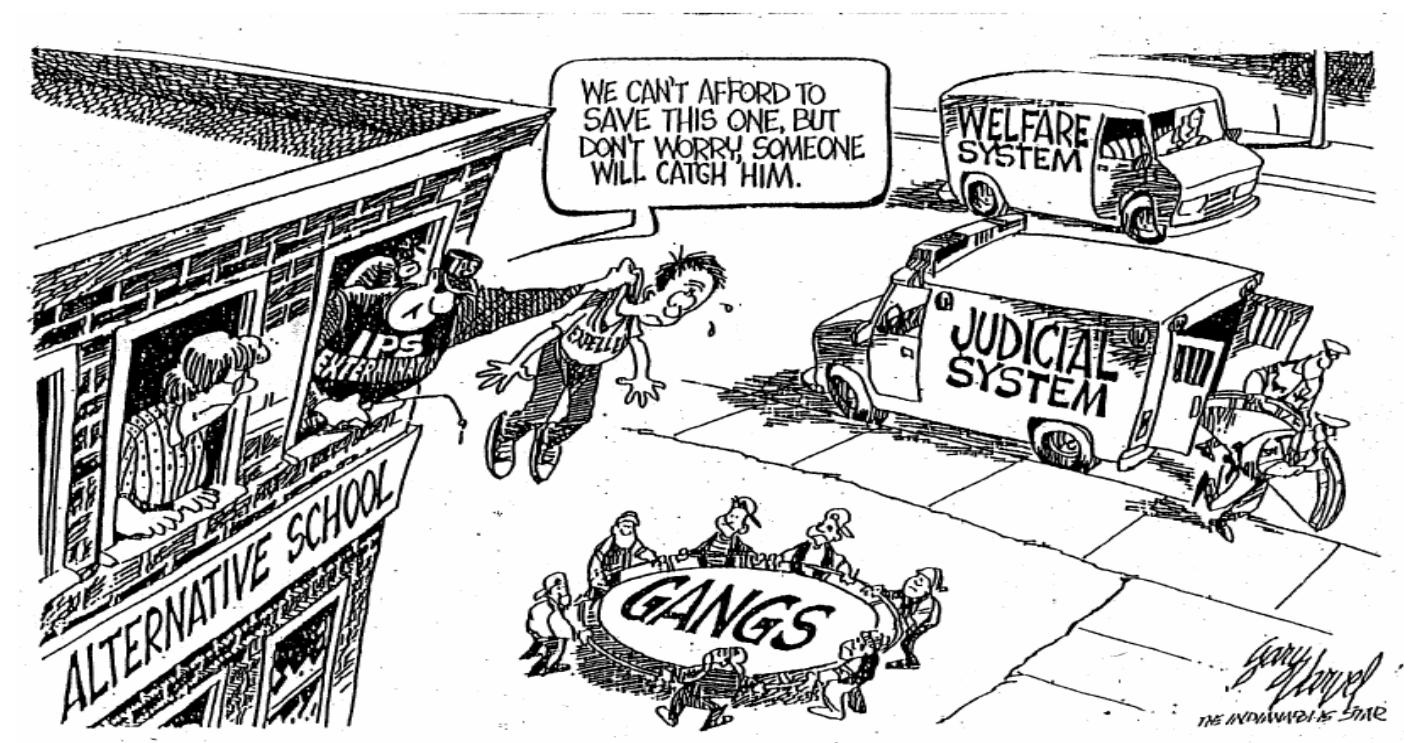
In 2012, 52% of Tennessee residents had at least one ACE, and 14% had four or more, according to the Tennessee Adverse Childhood Experiences Report.
In the U.S., 78% of Latino children will deal with childhood trauma.
A person with four or more ACEs is less likely to graduate high school, more likely to have asthma, over twice as likely to be in the lowest income bracket, and four times as likely to have depression than a person with zero ACEs.
MNPS’s New Educational Approach
MNPS school leaders know that early childhood experiences also shape how the brain gets built.
The foundation of mental development is laid at an early age through relationships, interactions, and events, according to the Tennessee Department of Health.
Positive occurrences help to build fundamental brain architecture. Conversely, adverse events lead to toxic stress responses, which release harmful chemicals into the brain, impairs cell growth, and makes it harder for neurons to form healthy connections.
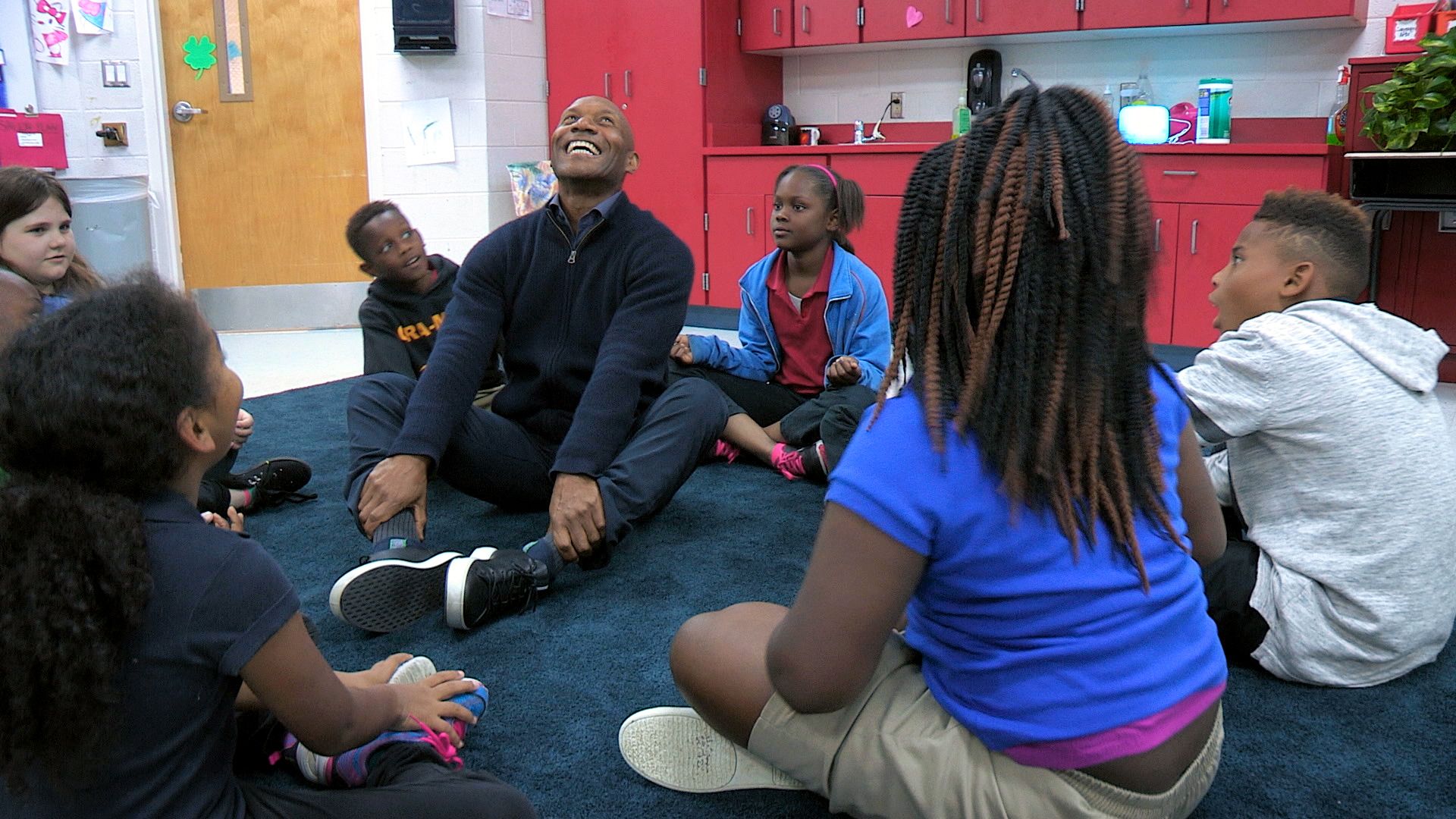
The emotional state of a student controls learning, motivation, engagement, and memory.
Studies continue to show that social and emotional learning programs improve classroom management, academic performance, and long-term economic outcomes, according to Edutopia.
With that information, MNPS decided to take concrete steps to confront student’s underlying needs.
They started by defining social and emotional learning.
“We say that social emotional learning are the skills that students and adults have in order to be lifelong learners,” said the director of social and emotional learning, Kyla Krengel, according to Edutopia. “So there’s self-awareness, there’s self-management, relationship skills, responsible decision making, and social awareness.”
Integrating Trauma-Informed Practices
In 2011, the district received a grant from the Collaborative for Academic, Social, and Emotional Learning (CASEL) to integrate its core competencies—self-awareness, self-management, social awareness, responsible decision making and relationship skills—into its schools.
MNPS implemented:
- Eight social and emotional learning programs such as a bullying prevention program, project-based learning, mindfulness, and restorative practices
- A Walkthrough Rubric for the district SEL team to use in guiding observations and feedback conversations with educators
- A High-Quality Instruction for English Learners Guidance
- Two full-time trauma-informed coordinators funded by Tennessee’s Building Strong Brains initiative
- ACEs training for trainers who have trained more than 3,000 MNPS educators, administrators, support staff and affiliates
- A MNPS Trauma-Informed Schools Committee that meets quarterly
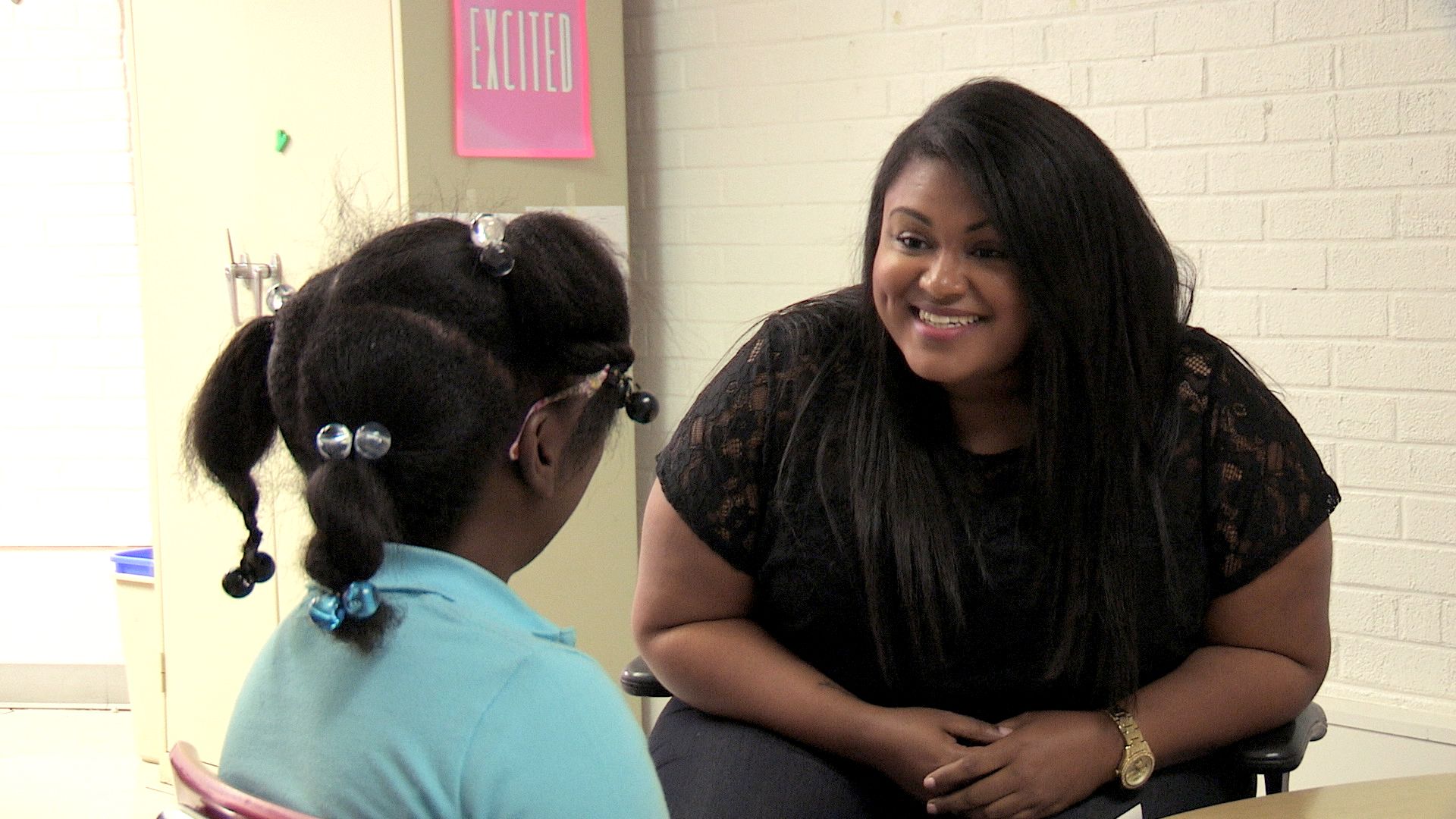
While the program met some initial pushback, many skeptical school leaders changed their mind after they learned about the research and witnessing a transformation in their students.
They found that coaching teachers on trauma-informed practices and SEL strategies needed to begin with the research on how trauma impacts a child’s brain.
MNPS’ trauma-informed coordinator Mary Crnobori told Edutopia that social and emotional learning’s proven impacts connect with teachers.
“Lots of resistance comes from misconceptions: that we’re here to coddle students or expecting teachers to be therapists,” Crnobori said. “But really we are just asking teachers to support the social and emotional needs of their students.”
Implementation in Action
Two schools in MNPS applied the district-wide social and emotional learning program to meet their specific needs.
Fall-Hamilton Elementary (21% Hispanic):
- Applying a check-in system at beginning and end of each day to identify children who need extra attention and support
- Pairing students with adult mentors
- Created peace corners for students to go when they need to calm down
- Teachers assist their peers through “tap-in, tap-out” approach by texting a colleague for a break
Pearl-Cohn High School (4% Latino):
- Teachers meet weekly in small groups, called flocks, to support each other and ensure expectations are consistent across the school
- Students meet daily in small groups, called nests, to build a family mindset through sharing and reading together
- Teachers observe each other regularly to provide peer feedback
- Created a safe space for students to be alone and de-escalate, re-center, or work on conflict resolution
- Created restorative circles as an alternative to discipline, called the zone. Social and emotional learning specialists provide a safe space and guide students through understanding both sides of a conflict and reflecting on their behavior.
“To be quite frank, this transformation is more about adults than it is kids,” Fall-Hamilton Principal Mathew Portell told Edutopia. “It’s about giving the teachers the understanding and support to be able to meet the needs of the kids on a basic level.”
Reaping the Benefits
The practices have delivered district-wide declines in suspensions (down 24%) and expulsions (down 64%).
At Fall-Hamilton, student behavior referrals have decreased by 76% since 2015. About 98% of students say they feel there is an adult at school who cares about them. They also outperformed peer schools on the Achievement Network’s English language arts measures.
At Pearl-Cohn, behavioral infractions that resulted in out-of-school suspension decreased by 77% from 2013 to 2017. Achievement in reading and language arts increased by an average of 25% for achievement gap groups.
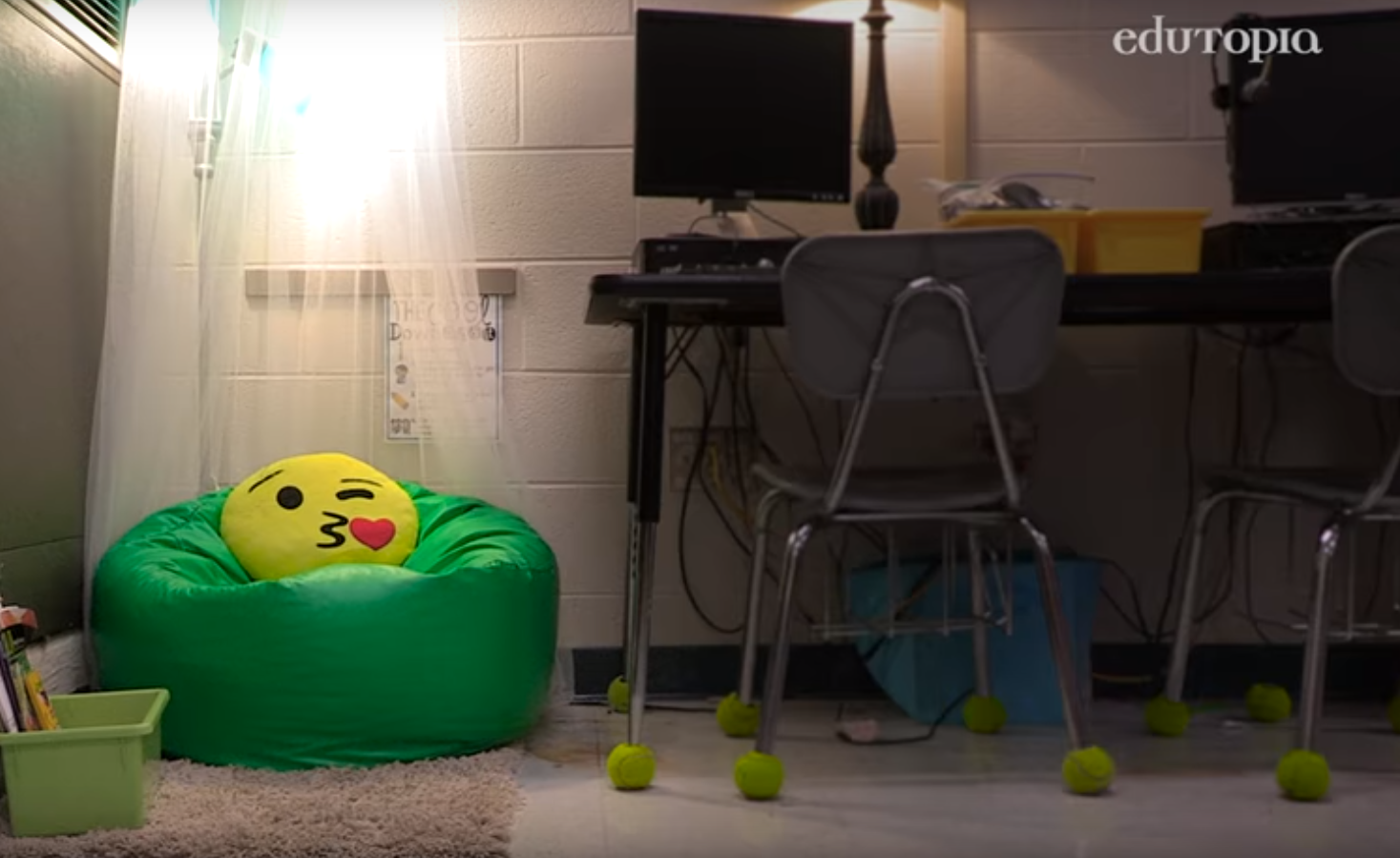
“We’ve seen huge reductions in off-task behaviors,” said Marco Patton, Pearl-Cohn music business teacher.
In 2017, MNPS partnered with the Metropolitan Nashville Police Department (MNPD) to implement the “Handle with Care” program where a patrol officer will notify the school if a child was exposed to a traumatic incident.
Read about the “Handle with Care” pilot in San Antonio, Texas.
Creating a Trauma-Care Culture
Interested in starting a trauma-informed care revolution at your school?
Salud America! offers a compressive Action Pack that can help make your school trauma-sensitive. This bundle, based on the impressive work done at East Central ISD in San Antonio, contains valuable information, materials, and opportunities to work with the staff to an implementation plan.
Action Pack items include:
- Model emails, presentations, and guides to become trauma-sensitive
- Templates from East Central ISD’s system
- One-on-one support from an Action Pack coach
- Promotion of your efforts to 200,000+ change-makers
The future prosperity of any society depends on its ability to foster the health and well-being of the next generation, according to Joseph.
“We can choose to invest in our children’s success, or we will end up spending much more to address their failure,” Joseph and Davidson County juvenile court judge Sheila Calloway wrote in The Tennessean. “Our children tell us in many ways every day what they need. We have to listen and respond.”
By The Numbers
142
Percent
Expected rise in Latino cancer cases in coming years



